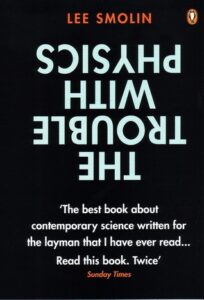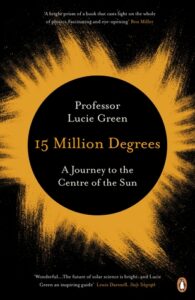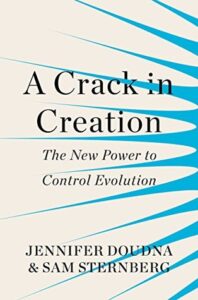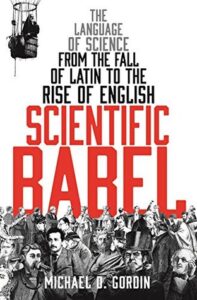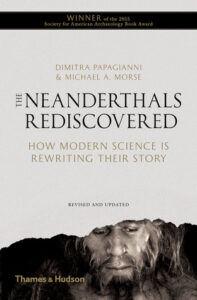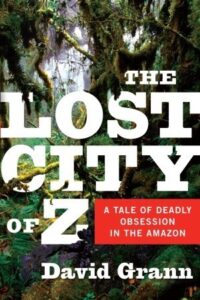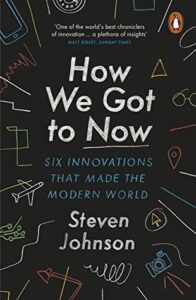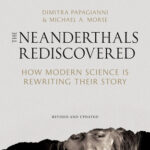 False Colours, Georgette Heyer
False Colours, Georgette Heyer
This book somewhat ran into one of the problems I have with fiction that includes humour: I’m bad at being embarrassed, and get second-hand embarrassment for characters I like. There’s obviously a lot of scope for embarrassment in a book which features twin protagonists who pretend to be one another, and the muddle they get themselves into when they do this as adults in order to cover for each other. Or, really, Kit covers for his brother who is mostly absent, and really doesn’t deserve such devotion.
It’s generally charming, particularly the bond between Kit and his mother. She’s hopeless, but loveable as well, and while I’m not quite sure how anyone could put up with her from a distance, far too able to see her flaws, I’m sure that in person she would be completely charming. The romance is so-so; this is one of the books where I rather wish there’d been more attention paid to the romantic heroine (though plenty of attention is paid to Kit’s mother, which balances that). There were also some cringy lines that read unpleasantly for the modern reader, but there’s also a lot of fun — the whole relationship between Amabel and Ripple, for instance.
It all works out fairly predictably and easily, but it’s fun while it lasts and I didn’t get too embarrassed on everyone’s behalves, which was a plus. It was definitely a worthy distraction from fretting over my rabbit at the time, too (in consequence of the idiot biting through a cable and electrocuting himself — he’s 100% fine now).


